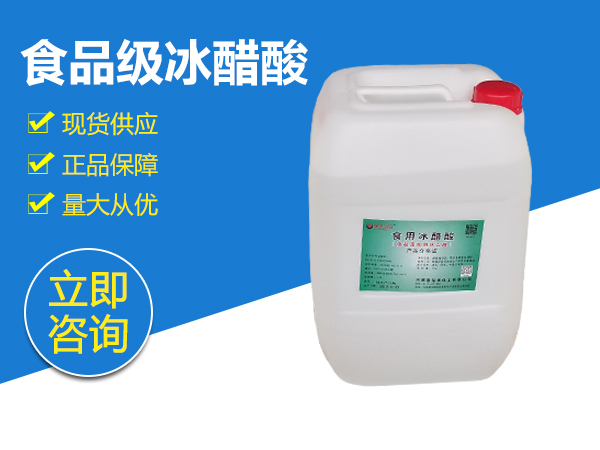

Low-E Glass Suppliers A Guide to Energy Efficiency
Low-emissivity (Low-E) glass has become a crucial component in modern architectural design and building construction, playing a pivotal role in enhancing energy efficiency. This type of glass is designed to minimize the amount of infrared and ultraviolet light that can pass through it without compromising the amount of visible light that is transmitted. As awareness of energy conservation grows, the demand for Low-E glass suppliers has surged.
Understanding Low-E Glass
Low-E glass features a microscopically thin coating of metal or metallic oxide, which is applied to one or more surfaces of the glass. This coating reflects heat back to its source, making it an excellent insulating material. In colder climates, Low-E glass helps to retain indoor warmth; while in hotter regions, it can reflect excess solar heat, thereby reducing cooling costs. The balancing act between retaining heat during winter and reflecting it during summer contributes to a more comfortable indoor environment and ultimately lowers energy bills.
Importance of Choosing the Right Supplier
Selecting a reliable Low-E glass supplier is essential for maximizing the benefits of this technology. Quality varies significantly among suppliers, impacting energy efficiency, durability, and the lifespan of the glass. When choosing a supplier, consider factors such as the range of products offered, customization options, industry certifications, and customer reviews.
Key Features to Look For

1. Product Range Look for suppliers that offer a diverse range of Low-E glass options, including double-glazing and triple-glazing solutions tailored for residential and commercial applications. A wider selection allows for better customization according to specific project needs.
2. Energy Performance Ratings Suppliers should provide detailed energy performance data, including Solar Heat Gain Coefficient (SHGC) and U-value ratings. These metrics help determine how effective the glass will be in maintaining energy efficiency where it’s installed.
3. Certification and Compliance Choose suppliers that comply with industry standards and hold certifications from recognized organizations. This ensures that the products meet rigorous safety and performance benchmarks.
4. Reputation and Experience Long-established suppliers with a track record in the market often provide more reliable products and services. Their experience can also lend insight into the latest trends and technologies in Low-E glass manufacturing.
5. Customer Support A good supplier should offer excellent customer service, including support during installation and after-sales service. Accessible support can save time and resources in the long run.
Conclusion
As homeowners and builders alike strive for energy efficiency, Low-E glass has emerged as a pivotal choice. Collaborating with reputable Low-E glass suppliers is critical for ensuring that the final product meets high standards of performance and durability. By investing in quality Low-E glass, you not only enhance indoor comfort but also contribute to significant energy savings, making it a wise choice for a sustainable future. Whether it’s for new construction or renovations, ensuring access to high-quality Low-E glass is key to harnessing the full potential of this innovative technology.